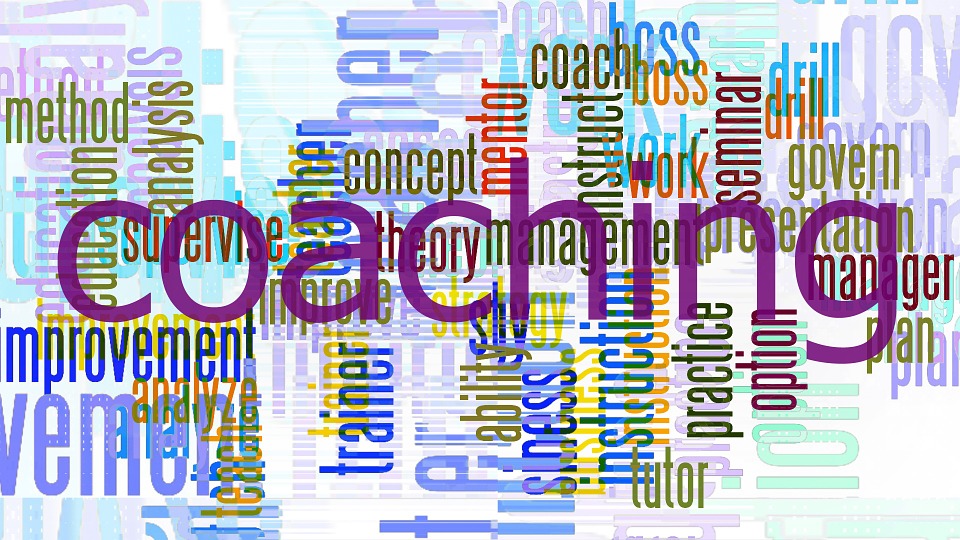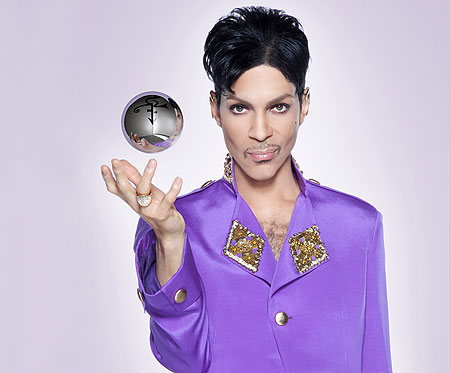General Coaching Goals with Examples:
- Providing a sounding board. In short, this means the ability to actively listen. To me active listening is the most important asset the coach can bring to the coach and client relationship. Below is an example of what might sound like in a real business situation: Coaching Manager: “How are things going with vendor’s development?” Direct Report: “Well, OK I suppose.” Coaching Manager: “you seem iffy about this? What things are happening?” Direct Report: “well there are some bumps in the road with them.” Coaching Manager: “OK. I really want to hear what’s going on here. Can you take five minutes and describe events, including how you feel about the vendor?” The direct report then takes 5 minutes to describe events and their frustration on lack of commitment. As a follow up, the Coaching Manager asks: “What things can you do this week to improve the situation?” (Note that this is an open ended question. The coaching manger is asking the direct report to find their own solution – this empowers the direct report, and gives them experience solving their own challenges.
- Assessing client frame of mind. This means understanding where the direct report is in their thinking, and emotionally RIGHT NOW. Is the direct report having a good day? Or a Bad Day? Are there issues outside the office that are impacting performance? A dialogue around this might sound as follows: The coaching manager, and the direct report arrive for their regular meeting (coaching session). The coaching manager sees the direct report’s face and hands look red – the direct report seems out of breath, breathing heavily. Coaching Manager: “Hey good morning Chris. You look upset, everything OK?” Direct Report: “Oh hi…Oh…I’m OK I guess”. Coaching Manager: “It sounds like something upsetting is going on. How is the day going? Direct Report: “Oh, it’s going fine. Just some other stuff. Direct Manager: “Do you want to take a couple minutes and talk about it? Direct Report: “I appreciate the offer, just some stuff going on outside work. Relationship stuff.” Coaching Manager: “Well I can appreciate that. Relationships can be challenging sometimes, I’ve been there. We should probably get started…” Note that the coaching manger gave the direct report the option to share, or not. Also, a good coaching manger will not dwell on the bad state of mind. They will establish empathy, and get the session moving.
- Establish Client Goals: To improve in our profession it helps to set goals. The coaching manager can provide great value to the client (direct report) by clarifying, and capturing goals. Here is an illustration: Coaching Manager: “Annual Performance review is coming up. Since you have been through this before, you know that the organization likes to include goals. What have you done so far around personal goals?” Direct Report: “You know I have given this some thought. I never finished my Bachelor’s Degree. I’d like to do that.” Coaching Manager: “What will be your major?” Direct Report: “I know it’s not related to my job, but I’d like to finish with a BS in Psychology” Coaching Manager: “How can to modify this to make it more pertinent to your job?” Direct Report: “I’ll need to research that. It might be possible to do a Psychology degree that also includes business application.” Coaching Manager: “I think we want to tie this back to the performance review goals - How can we capture this as something that can be completed in a year’s time?” Direct Report: “We can capture this as I will enroll, and complete two night courses related to business psychology. I can get course names, and numbers by next month. Coaching Manager: “So what I heard is that you will commit to taking two college courses this month that relate to business psychology. And that this will be listed in your personal goals once you get course numbers, and descriptions? And you will have the course names and number by next month” Direct Report: “Yes – you bet” Coaching Manager: Great! We have a goal! Agree on action: Once the goal or goals are established, the coach will ask for what actions or tasks the client needs to perform to deliver on the goal.
- Agree on the best Action: Like most things in life, there are multiple ways to solve a problem, or complete a task. In the coaching manger ó direct report relationship it is desirable to agree on the approach. A conversation around agreeing on an approach is as follows: Coaching Manager: “Were you able to figure out how to modify the XML scripts?” Direct Report: “You know I looked at them and just can’t quite get it. I think I need some help. Our development team could show me.” Coaching Manager: “OK – I expect they would. They keep really busy though. What other options might you have?” Direct Report: “Well, I could read a book on XML…I wonder if we have that knowledge in our team?” Coaching Manager: “You know Monica is on our team now. She used to be a developer, but wanted to make a change, and we are lucky enough to have her now. I expect she could help.” Direct Report: “OK, if she has the time I’ll see if we can sit down and figure this out. OK?” Coaching Manager: “I agree, this is the best action to take.”
- Set Deliverables Dates: Like most business deliverables, it is best to assign a date to a client (direct report) goal, or task. To leverage the example above, the task agreed to is to get course names, and numbers identified, and given back to the coaching manger by next month. It is preferred to set an exact date if possible – such as “by the 15th of nest month”. The larger goal, completion of two college courses, has the completion expectation of delivery by end of next year. In this example it is understood that goals stead for next year, need to be completed by end of next year. In most cases, again it is best to set a firm date, such as completion by “12/31/2017”
- Remove or minimize obstacles: As goals are set a good coaching manager will discuss what obstacles the client (the direct report) may encounter that slows or stands in the way of completion of an agreed up task, or goal. A conversation around this may sound like…Coaching Manager: “Is there any constraints you can see to getting the course numbers and descriptions locked down before next month?” Direct Report: “Well – classes are listed online – so I don’t see a big problem. But now that I think about it, I may need to speak with a counselor to advise me on what classes to take to complete the degree I want, and still tie it into my job. So I need to make time to see a college advisor.” Coaching Supervisor: “Would you have an issues setting up an appointment in the next week?” Direct Report: “I don’t think so. But I’ll try to book an appointment this week – just in case the advisor’s calendar is a couple weeks out. Coaching Manager: “OK – if you need to call from the offices, just duck into an open office, or you can even use my office during my lunch.” Direct Report: “Great! Thanks!” Note that the coaching manager pressed the client (direct report) to consider any blocks to the goal. The coaching manager offered to facilitate the client (us of their office), but the client still has ownership of the task.
- Set guardrails: A good coach will keep the client focused. They will set guardrails. Example: The following is at the coaching manager – direct report one on one: Coaching Manager: “So what’s been happening this last week?” Direct Report: “Oh, you know same, same. I’m pretty fired up about the NFL draft this week. We need some good receivers.” Coaching Manager: “I agree – our team needs some down field threats.” Direct Report: “How about K. Smith? What do you think of him? He did great at the U of Florida.” Coaching Manager: “Have not followed him much. But we should probably talk about progress on your goals, if there is nothing significant to talk about from your work this last week.” The coaching manager was friendly, but did was quick to re-focus the session to deal with either work related issues, or a status on previous goals.
- Build Confidence: When the coach recognizes a client’s strength, especially when it comes to achieving goals, they share this. A short statement like “I absolutely believe you are capable of achieving this goal” can go a long way. A dialogue around this may sound like this: Coaching Manager: “how did it go on the CCNA test last week?” Direct Report: “Darn it – I did not pass. This is getting frustrating. This was the second time, and I failed.” Coaching Manager: “To say you failed is pretty harsh. What was your overall score?” Direct Report: “This last time it was 76%.” Coaching Manager: “Well that is really good. You are so close. Passing is an 80% right? I’ll say again, I don’t know anyone that passed the first go round. And only a couple people passed on the second pass. I know you can do it. You are a good student, and smart. We would have not set that test as a goal if I thought you could not pass it. Don’t be hard on yourself. Review the areas that were hardest for you. I know Jane is preparing for this as well. Have you thought of pairing up with Jane to prepare together?” The key point here is that the coaching manager was supportive. They reinforced that the test was not an easy one, and that the direct report is a
- Improve Wellness: A keystone in my career practice is I want clients to feel better. I want them to feel better about themselves. A coaching manager can support wellness. This will benefit the direct report, the team, and really the coaching manager as well. Here is an example: Coaching Manager: “Jim, I know your workload has been pretty heavy right now, and we are looking for help. How are you holding up?” Direct Report: “Well, truth be told, not good. I feel stressed out most of the time. I am having trouble sleeping.” Coaching Manager: “Wow – OK. We need to look at some things that will improve your situation. What things have helped in the past when you were stressed out like this?” Direct Report: “Well, don’t laugh, but in the past when I was stressing out a short quiet time, a meditation seemed to help.” Coaching Manager: “I’m not going to laugh. How long do these meditations last?” Direct Report: “Oh, I know a meditation that only takes 10 minutes. But you know, it’s hard to do this at work.” Coaching Manager: “I can help you there. You have my OK to block off 15 minutes in morning, and 15 minutes in afternoon – mark it as “Private” on your calendar. Book a meeting room and use that for the meditation. If anyone asks about what you are doing, I’ll explain and say you have my OK. Would this work?” Direct Report: “I think so. Let me try this for a week. I’ll let you know.” Coaching Manager: Let me know if this helped after a week. If not, we will look at another option.”
Now that we have a looked at a number of examples, we can see that these over-arching goals of general coaching can be applied in the Coaching Manager ó direct report relationship. The goals of: 1) Providing a sound board, 2) Assessing the client’s (Direct Report) frame of mind, 3) Establishing Client (Direct Report) Goals, 4) Coming to agreement on course of action, 5) Setting deliverables Dates, 6) Removing or minimizing obstacles, 7) Setting guardrails, 8) Building Client Confidence, and finally, 9) Improving Client Wellness., are all keystone pieces that can be utilized to build a great coaching manager and Client experience, and relationship. With these nine tools we build, and empower our team. The payoff is more effective subordinates, and work teams, that are trained, and empowered to think through and solve problems.





 RSS Feed
RSS Feed